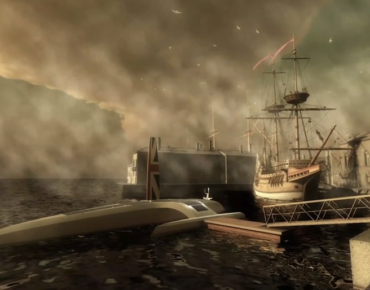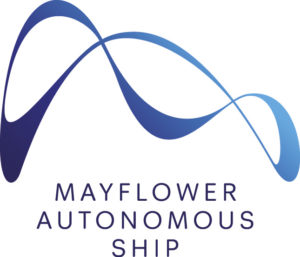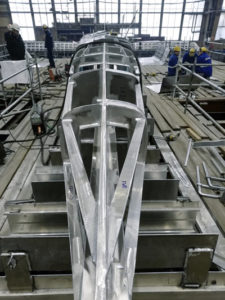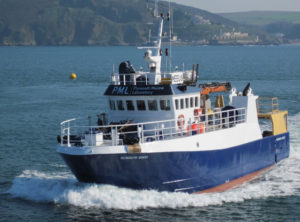For Mayflower’s 400th Anniversary, AI Ship Will Go to Sea – without a Crew

By now, most people are familiar with self-driving cars – if you’ve ridden in a newer Tesla model, you were in a rudimentary version of one already. Truly autonomous, unmanned vehicles are still in the future, with major tests underway in several large markets. But where IBM and ProMare (a marine research organization) are going, they don’t need roads. In an announcement today, the partners revealed that the Mayflower Autonomous Ship (MAS) is ready to take to the seas (or at least, a nearby sound) for testing – with an "AI captain" at the helm.
 MAS, as the name suggests, is an autonomous ship that will attempt to follow the route of the original Mayflower (Plymouth, UK, to Plymouth, Massachusetts) on September 16, 2020, which is roughly the 400th anniversary of the voyage. MAS will take approximately 12 days to make the voyage (compared to the Mayflower's 60 days), powering itself with a combination of wind, solar energy, battery storage and a diesel generator. Along the way, MAS will encounter a myriad of obstacles and attempt to navigate around them with no human crew, a challenge made more difficult by the absence of high-bandwidth connectivity in the open ocean, necessitating local processing power.
MAS, as the name suggests, is an autonomous ship that will attempt to follow the route of the original Mayflower (Plymouth, UK, to Plymouth, Massachusetts) on September 16, 2020, which is roughly the 400th anniversary of the voyage. MAS will take approximately 12 days to make the voyage (compared to the Mayflower's 60 days), powering itself with a combination of wind, solar energy, battery storage and a diesel generator. Along the way, MAS will encounter a myriad of obstacles and attempt to navigate around them with no human crew, a challenge made more difficult by the absence of high-bandwidth connectivity in the open ocean, necessitating local processing power.
“Edge computing is critical to making an autonomous ship like the Mayflower possible. The ship needs to sense its environment, make smart decisions about the situation and then act on these insights in the minimum amount of time – even in the presence of intermittent connectivity, and all while keeping data secure from cyber threats,” said Rob High, VP and CTO for Edge Computing at IBM. “IBM’s edge computing solutions are designed to support mission-critical workloads like the Mayflower Autonomous Ship, extending the power of the cloud and the security and flexibility of Red Hat Enterprise Linux all the way out to the edge of the network, even in the middle of the ocean.”
The ship itself – a trimaran – is currently nearing the end of its construction in Poland, but the most daunting work has taken place at IBM. The AI captain designed to pilot MAS is the product of two years of training IBM’s PowerAI Vision computer vision software using more than a million nautical images and an IBM Power AC922 system.
The trained model will be run on an onboard IBM edge computing system powered by Nvidia Xavier devices, and supplied with data from a variety of sources, including onboard cameras, radar, altitude sensors and GPS, as well as weather data, cargo ship data and nautical charts.
IBM expects that MAS and its onboard sensors will be able to detect, classify and respond appropriately to ships, buoys, land, breakwaters, debris and other naviational hazards. Using this information and IBM’s Operational Decision Manager (ODM) rule management system, MAS will progress along its route while autonomously following the International Regulations for Preventing Collisions at Sea and the guidelines of the International Convention for the Safety of Life at Sea.
Per the announcement today, preliminary tests are set to begin soon, with the AI captain steering the Plymouth Quest, a manned vessel supplied by the Plymouth Marine Laboratory, around Smart Sound Plymouth, a “proving area for designing, testing and developing cutting edge products and services for the marine sector.” These manned tests are set to begin this month, with fully autonomous tests beginning in May.
Highlighting the growing autonomous shipping market, Don Scott, CTO of MAS, argued that "many of today’s autonomous ships are really just automated" and rely substantially on override by human operators. Clearly, IBM sees this as an opportunity for MAS to make its mark.
Header image: concept art of MAS docked. Image courtesy IBM.












